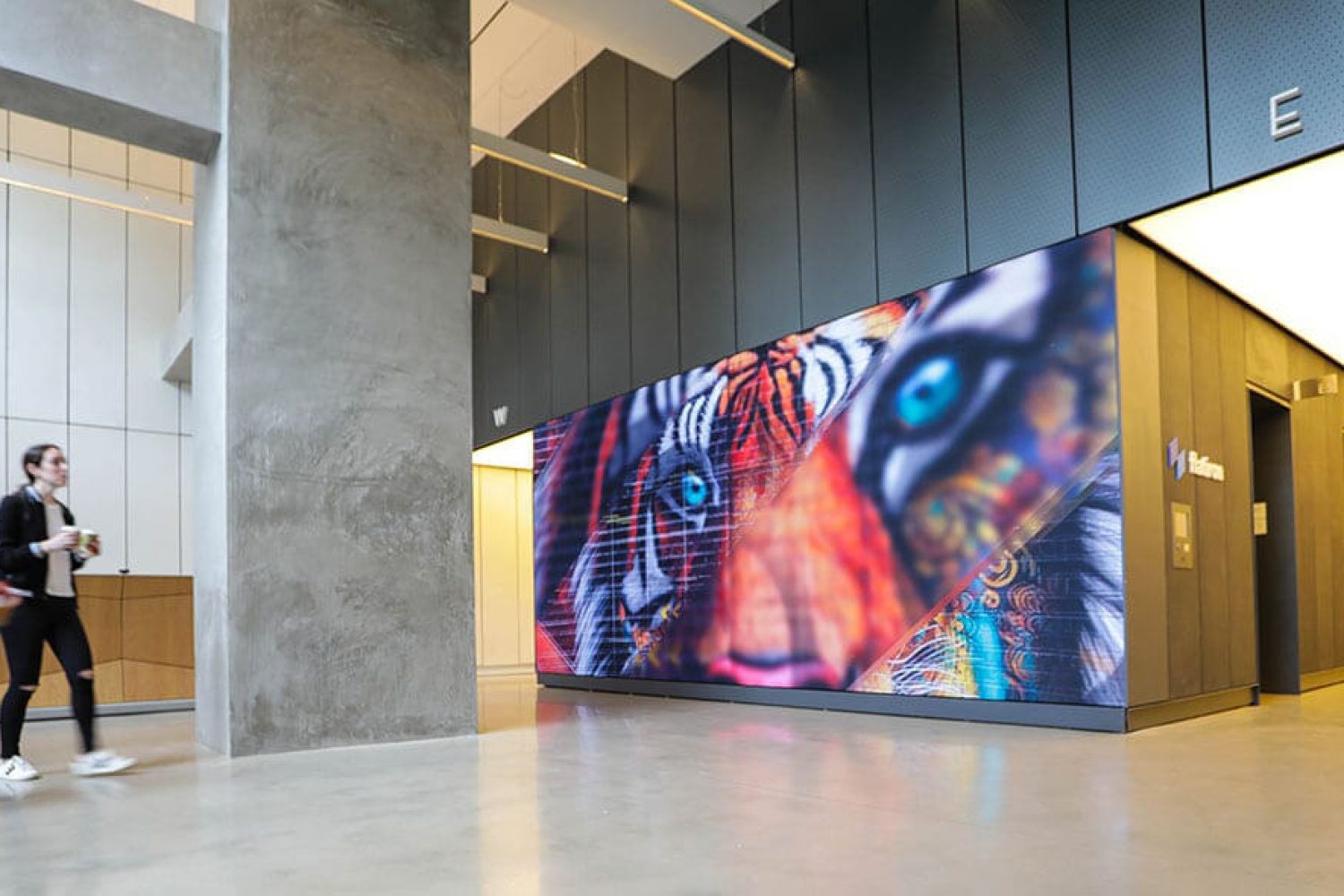Exploring the Key Factors That Affect Color Uniformity in Light Emitting Diode Wall Screens for Optimal Visual Output
Exploring the Key Factors That Affect Color Uniformity in Light Emitting Diode Wall Screens for Optimal Visual Output
Blog Article
Hue uniformity in light-emitting diode wall screens is crucial for attaining maximum optical performance. LED wall panels are widely used in various settings, including concerts, meetings, and promotional showcases. When the colors on these panels are uniform, they create a more captivating and enveloping experience for audiences. Several critical elements affect color consistency, including the quality of the light-emitting diode components, calibration procedures, and surrounding factors.
The quality of the LED components plays a significant role in hue consistency. Different types of light-emitting diodes produce light at different frequencies, which can influence the total color result. High-quality LEDs are designed to produce a more uniform light range, leading in improved hue precision. Additionally, the manufacturing process of these LEDs can impact their performance. Panels made with superior materials and techniques tend to have fewer hue differences, ensuring that the displayed images and videos look vibrant and true to life.
Tuning is another essential element in maintaining color uniformity in LED wall panels. Tuning involves adjusting the configurations of the panel to make certain that the hues displayed align the intended appearance. This procedure can include fine-tuning luminosity, differentiation, and hue balance. Regular tuning is essential, especially in environments where lighting factors change frequently. By tuning the screens, technicians can correct any inconsistencies in hue output, leading to a more consistent observing experience.
Environmental factors also influence color consistency in light-emitting diode wall screens. Elements such as surrounding light, temperature, and humidity can affect how hues are seen. For instance, bright surrounding light can dull hues, making them appear less lively. Similarly, extreme temperatures can affect the performance of the light-emitting diodes, leading to hue changes. To reduce these issues, it is essential to install light-emitting diode wall screens in managed environments where lighting and temperature can be controlled efficiently.
Finally, the design and layout of the LED wall screens can affect hue consistency. The arrangement of the panels, as well as the spacing from which they led wall rental for employee recognition events are observed, can create differences in hue perception. When panels are placed too distant apart or at varied angles, audiences may notice inconsistencies in color. To obtain the optimal optical output, it is crucial to consider the placement and alignment of the panels during setup. By tackling these elements, users can guarantee that their light-emitting diode wall screens deliver a consistent and high-quality visual experience.